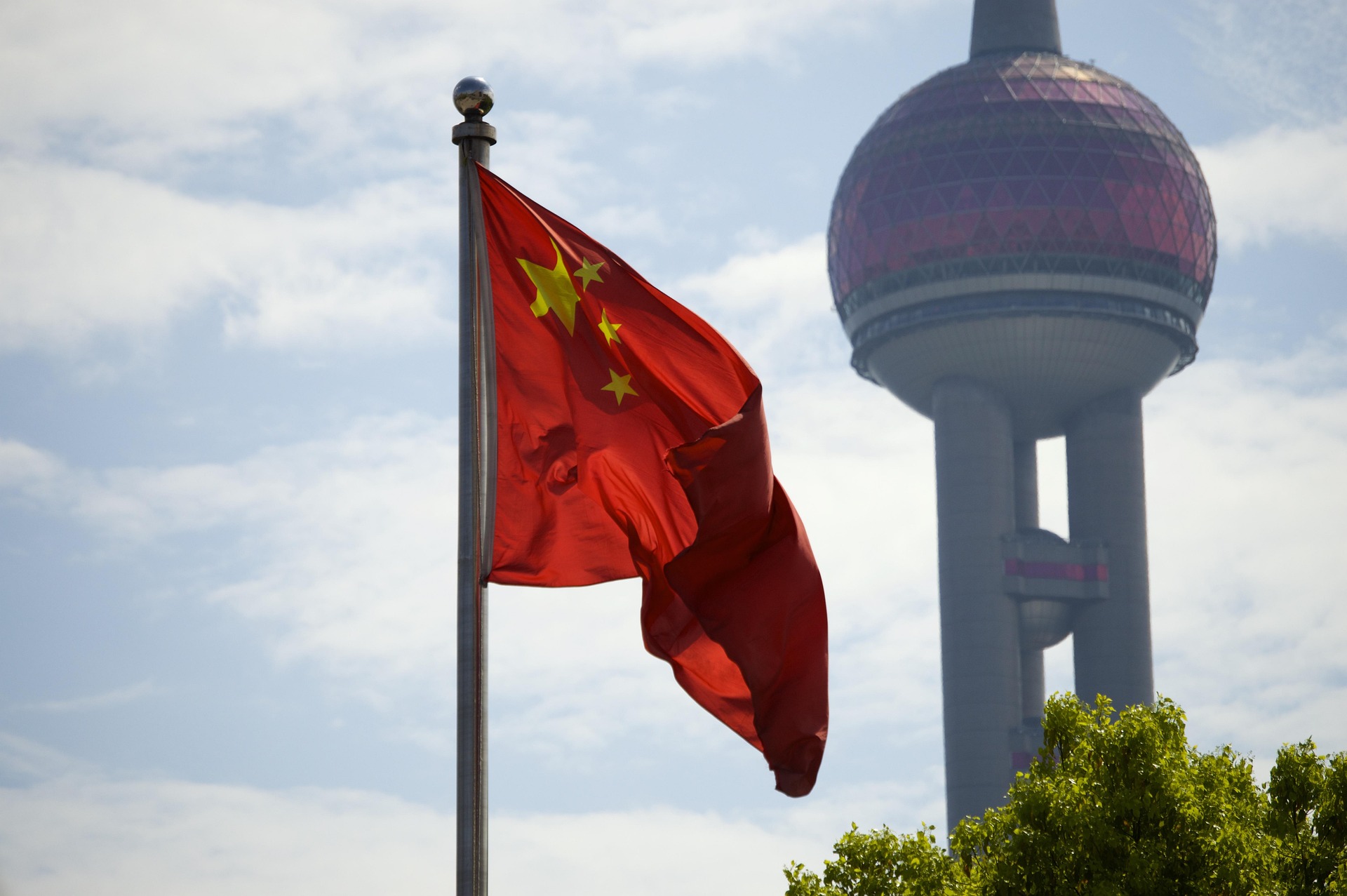China’s GDP grew by 5.3% year-on-year in the first half of 2025, reaching 66.05 trillion yuan ($9.21 trillion), according to official NBS data. Backed by a 6.4% rise in industrial output, 5% retail sales growth, and a 2.8% increase in fixed-asset investment, China’s economy showed strong resilience despite global uncertainties. June’s industrial output beat estimates at 6.8% y/y, while online retail sales surged 8.5%. Although real estate investment fell 11.2%, China’s GDP performance positions it as a leading global growth driver in 2025. Explore full data insights on China’s economic performance, sector highlights, and growth projections.
China’s GDP Grows 5.3% in H1 2025
China’s GDP in the first half of 2025 expanded by 5.3% year-on-year, reaching over 66.05 trillion yuan ($9.21 trillion), according to the National Bureau of Statistics (NBS). This steady performance came despite global headwinds and domestic challenges, helping China remain on track to achieve its full-year target of approximately 5% growth. Analysts believe this growth trajectory reinforces China’s position as a major driver of global economic recovery and a source of stability amid mounting international uncertainties.
China’s GDP data led by the industrial sector Also contributed significantly to the growth, with value-added industrial output rising by 6.4% year-on-year during the January-June period. The month of June alone saw industrial growth accelerate to 6.8% year-on-year, beating expectations of 5.6%. Output in key sectors surged, with automobile production up 8.8% year-on-year to 2.81 million units, including a remarkable 18.8% rise in new energy vehicles (NEVs) to 1.234 million units.
Crude oil refining rose 8.5% to 62.2 million tons, while power generation increased by 1.7% to 0.796 TWh. Meanwhile, steel production in June saw a 1.8% increase, whereas cement output fell by 5.3% year-on-year.
The main point in China’s GDP is Retail consumption, which has remained resilient. Retail sales of consumer goods climbed 5% year-on-year in the first half of the year, totaling 24.55 trillion yuan ($3.42 trillion). In June, total retail sales reached 4.23 trillion yuan, up 4.8% year-on-year. Retail sales of goods accounted for 3.76 trillion yuan, showing a 5.3% increase, while revenue in the catering industry was up slightly by 0.9% to 471 billion yuan. Online sales surged by 8.5% year-on-year in H1 to hit 7.43 trillion yuan, buoyed by a nationwide subsidy program aimed at promoting consumption.

Fixed-asset investment during January to June increased by 2.8% year-on-year, totaling 24.87 trillion yuan contribution in China’s GDP. However, this figure came in below the expected 3.7% growth. Investment in the manufacturing sector grew by 7.5%, while the mining industry saw a 3.4% increase. Infrastructure investment rose 4.6%, with key contributions from hydraulic engineering (up 15.4%) and railway development (up 4.2%). Power and water supply investments surged by 22.8% during the same period, reflecting an ongoing focus on energy and utilities infrastructure.
However, China’s real estate sector continued to show signs of deepening stress. Real estate development investment dropped sharply by 11.2% year-on-year to 4.66 trillion yuan in the first half. Residential housing sales areas worsened to a 3.5% year-on-year decline, compared to 2.9% previously. Total sales in the housing sector were down 5.5% to 4.42 trillion yuan. Developers also faced funding challenges, with funds in place for real estate development decreasing by 6.2% to 5.02 trillion yuan.
China’s unemployment rate in June remained steady at 5.0%, unchanged from the previous month, indicating relative stability in the labor market despite broader structural concerns.
Overall, the China GDP growth of 5.3% in the first half of 2025 underscores the country’s resilience and capacity to navigate external challenges such as tariff-driven slowdowns. The second-quarter GDP rose 5.2% year-on-year, slightly above market expectations. Experts suggest this performance injected much-needed confidence into the fragile global economy and positioned China to outperform most major economies in 2025.
The combination of robust industrial output, resilient retail consumption, and continued investment in infrastructure and manufacturing paints an optimistic picture for the remainder of the year. Despite the ongoing weakness in the real estate sector, China’s economic fundamentals appear solid, providing momentum for achieving the full-year GDP target and further strengthening China’s role in global growth dynamics.

